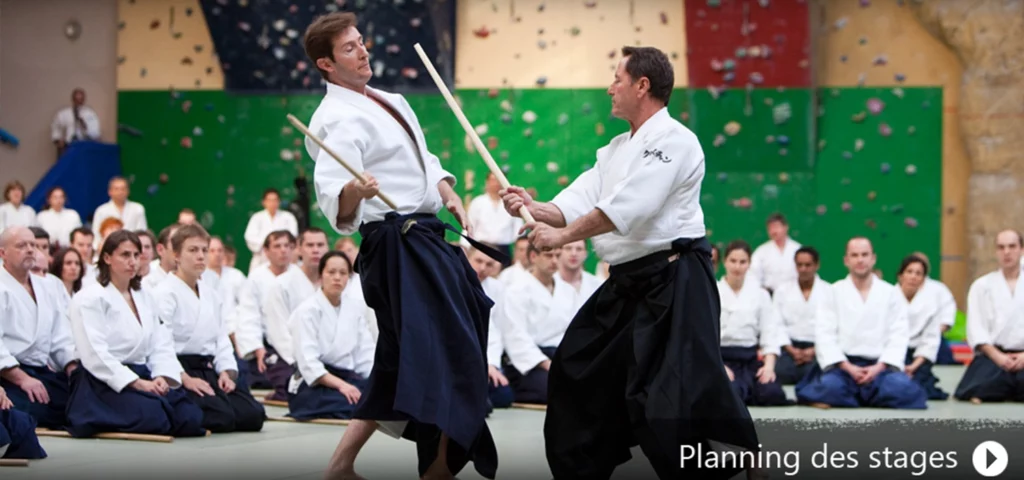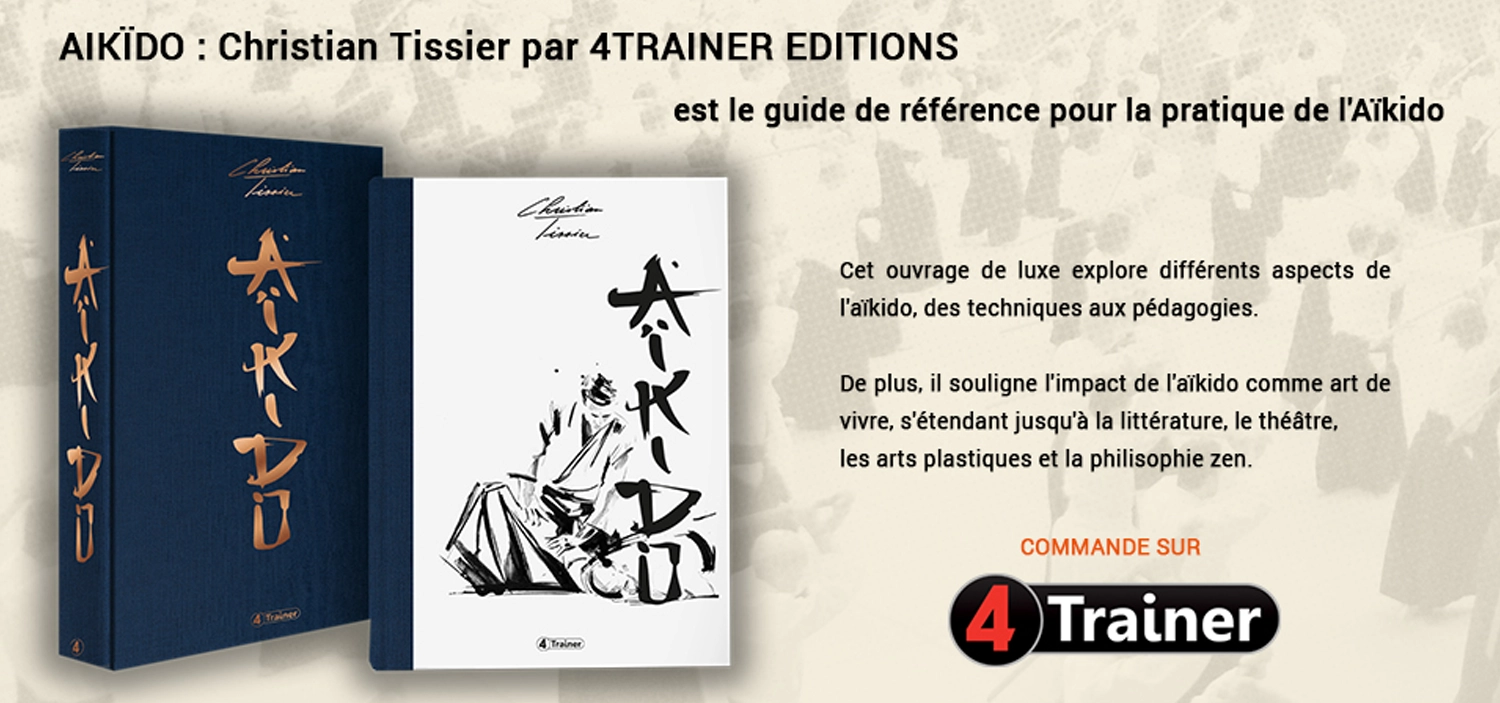STAGES 2023/2024
Février 2024
Pas d’information
Mars 2024
2 mars > Le Havre (complet)
3 mars > Rouen
9 et 10 mars > Köln (Allemagne)
21 mars > Nogent S/M
23 mars > Vincennes
24 mars > Bayonne > Annulé
Avril 2024
Du 16 au 21 avril > Stage de Pâques
28 avril > Torino (Italie) > Annulé
Mai 2024
Du 24 au 26 mai > San Francisco > Annulé
Juin 2024
15 et 16 juin > Pappendale (Hollande > Annulé
28 et 29 juin > Montreal (Canada) > Annulé
Juillet / Août 2024
Aïkido : Christian Tissier

